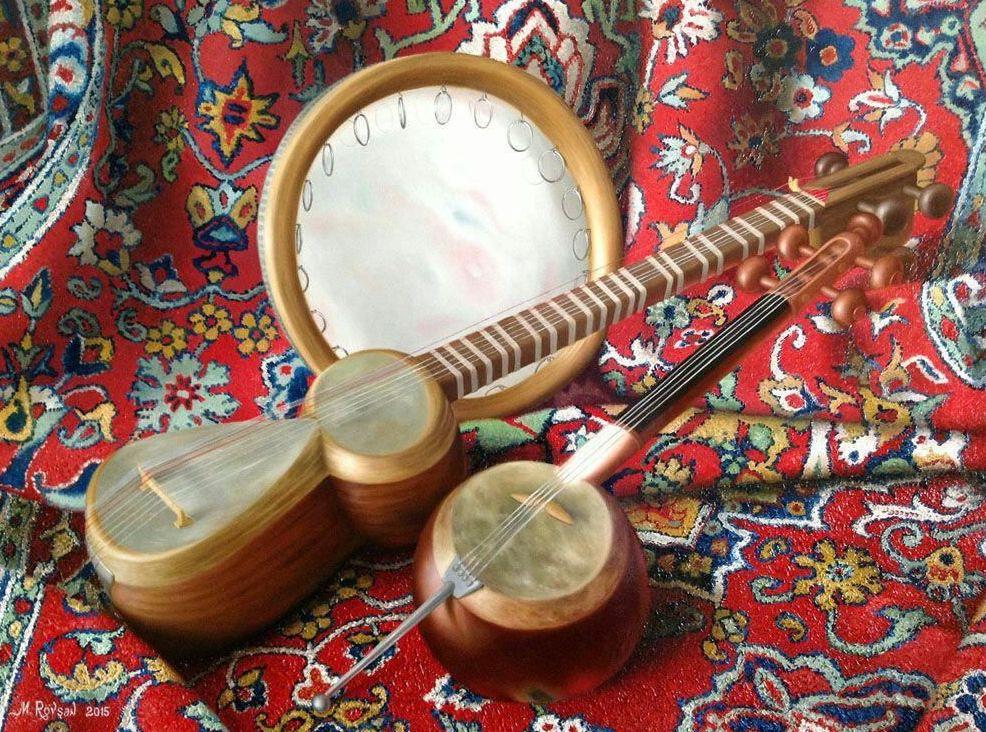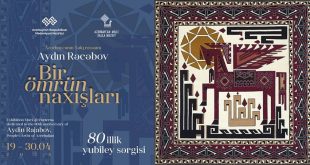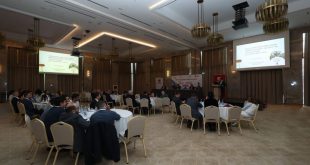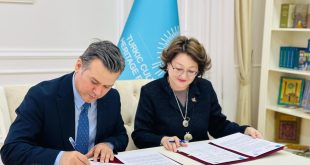
Azerbaijan will take part in International Bakshy Festival in Uzbekistan.
The festival will be held in the city of Termez on April 5-10, Azertag reported.
Bakshy musicians, ashiqs, singers and ensembles, folklorists from Uzbekistan and 86 countries will take part in the event.
Azerbaijan will be represented at the festival by poet Akbar Goshaly, employee of Azerbaijan National Academy of Sciences Ali Shamilov and ashiq Samira Aliyeva.
International Bakshy Festival aims to promote Uzbek national art of bakshy among youth as well as to strengthen the friendly relations among the nations.
The international scientific-practical conference entitled “The role of the Arabic art in the world civilization” will also be held within the festival.
The bakshy are traditional Turkmen musicians. Historically, they have been traveling singers and shamans, acting as healers and spiritual figures, and also providing the music for celebrations of weddings, births, and other important life events.
They sing either a cappella or to the accompaniment of traditional instruments, primarily the two-stringed lute called the dutar.
The Turkmen bakshy tradition is closely related to ashiq art.
Ashig art began to form in Azerbaijan since ancient times. Ashiq art is a music form of oral art formed in folk environment and in terms of impact strength, popularity and uniqueness of maturity it is an expression having no analogue.
The sources of ashiq art include the art of Turkic ozans who created the prominent literary monument “Book of Dede Gorgud” 1300 years ago, as well as ecstatic acts of early Sufi dervishes who were called “haqq ashiqi” (lovers of Truth) in the Turkic world.
Classical heritage of Azerbaijani ashiqs consist of more than 200 songs, 150 dastans (large literary-musical compositions), 1500-2000 poems in different traditional poetic forms (goshma, garayli, tajnis, divani, mukhammas etc.).
Schools of Azerbaijan ashiq art include large regional art milieus such as Shirvan (eastern), Ganjabasar and Borchaly (western) milieus, and also a number of schools and milieus of Iranian (Southern) Azerbaijan – in Tabriz, Qaradag, Urmiya etc.
Despite the regional differences ashiqs are united by a common national language, musical repertoire and the saz, an invariable attribute of the Azerbaijani ashiqs, which may be accompanied with such musical instruments as balaban, nagara, gosha nagara and gaval. Saz is one of the symbols of the Turkic world.
The instrument got its final shape in the 16th century. It is sounded mainly with plectrum made of cork of cherry tree. In most cases, the arm and sides body of Saz are adorned with pearls. The stringed musical instrument, Saz is played solo and in ensembles.
The art of Azerbaijani Ashiqs was included in the UNESCO`s Representative List of the Intangible Cultural Heritage of Humanity in 2009, as a symbol of national cultural identity that embodies various artistic spheres practiced by poets, composers, singers or actor-narrators, thus uniting in one artistic expression the communities of the entire country.
By Laman Ismayilova
 Oval Useful news from Azerbaijan and Caucasus
Oval Useful news from Azerbaijan and Caucasus


